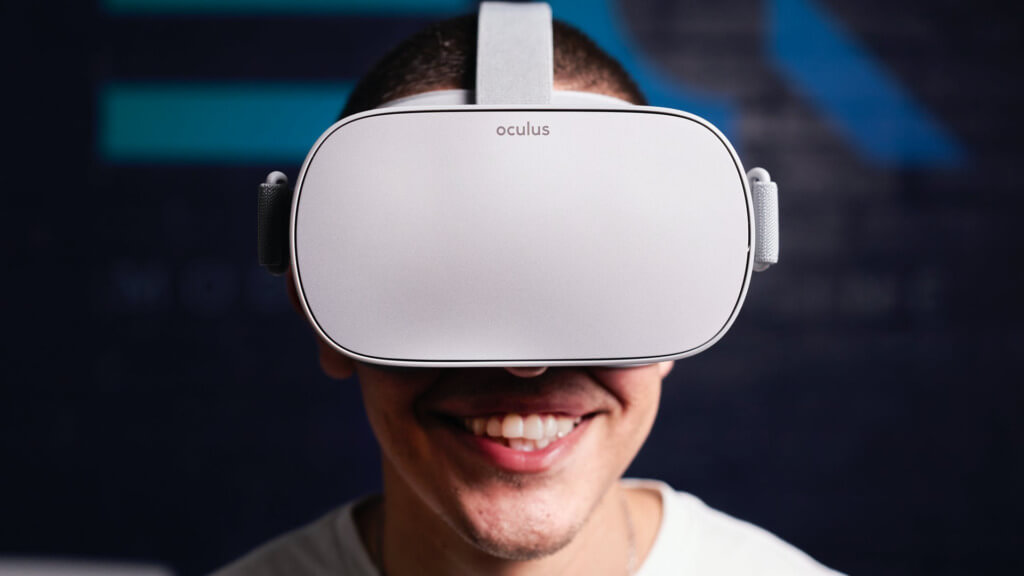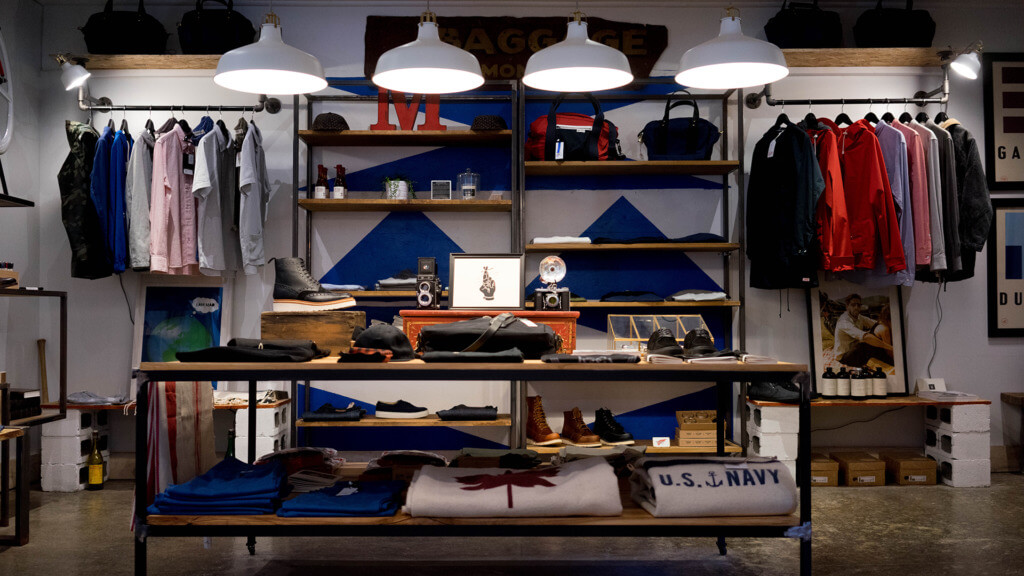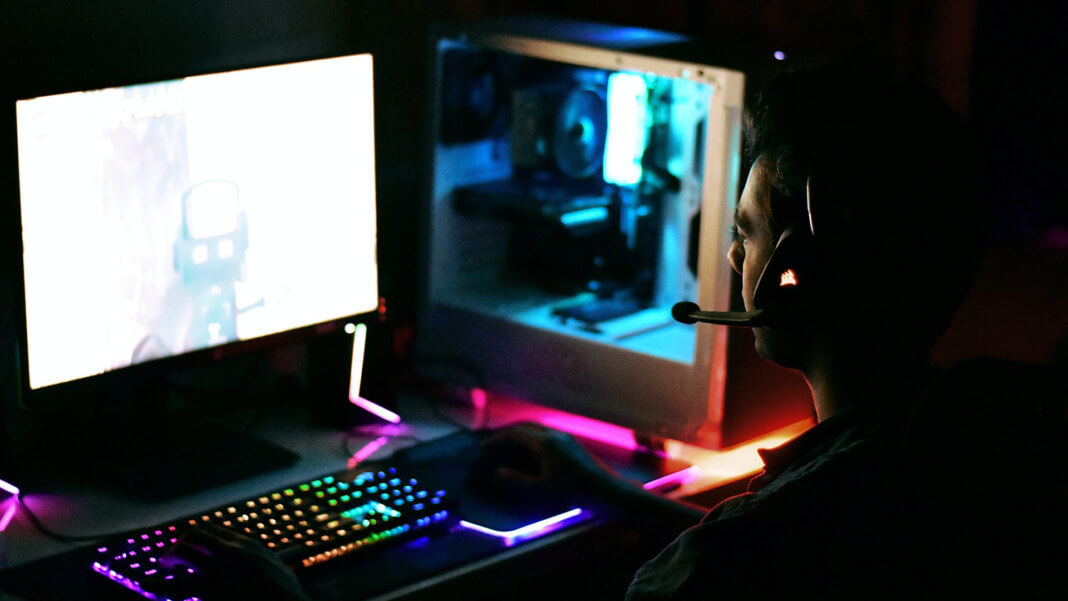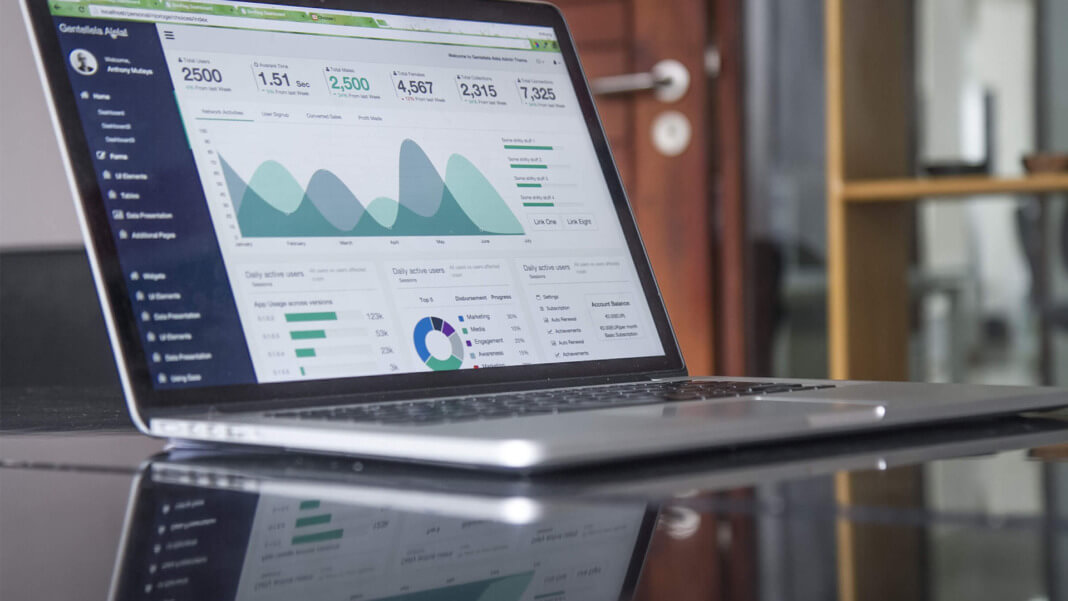As any market linked with technology, retail was highly influenced by recent advancements and trends in technology. Many Asian countries are on the top of the list for technological progress, which is also visible in their retail sector. They are introducing inventions that are making shopping easier and more accessible. But not only — it is making it smarter and more efficient for the retailers too. This is expected to continue, and four major tech trends will influence the future of retail furthermore.
Augmented Reality (AR)
Augmented reality will change the shopping experience in so many ways for customers and staff. The COVID-19 pandemic changed our perception of shopping. We were no longer able to just go to the shopping center and spend hours browsing through different stores. This is why online shopping popularity has increased. Many shops focused on online sales, and others opened their online shops for the first time. But not all people like this experience.
You can’t really know if you are ordering the correct size with online shopping, the right color or if the piece will fit you well. And if you order something, maybe until you receive your order, try it out and decide to return it, the right size will be no longer available. With augmented reality, all this can change. Most Asian countries already use AR in many sectors, and retailers follow this trend.

With AR, we can have a virtual walk through the store, choose what we like, and try it in the virtual fitting rooms. Like that you can have an experience that is a bit closer to the one we know. You can enter the store, browse through the shelves, and choose what you want to try. There are already applications that offer you the possibility to see how you would look with a piece of clothing, and the virtual fitting rooms will work in a similar way. It will take you even less time because you won’t actually have to take off and put on different sets of clothes. You can try a sweatshirt in many different colors and sizes with one click. Once you like something, you can just go to the virtual cashier desk and pay with your credit or debit card.
What will be cool is that you will have your AR shopping assistant. This technology will change the working experience of employees as well. They will be able to arrange shelves with just a few clicks, so no more tedious folding of clothes and still assist in the best possible way to shoppers. Checking for sizes and availability will take seconds and be more efficient since everything will be updated in real-time.
Artificial Intelligence (AI)
Artificial intelligence is already present in many aspects of our lives, especially online. Many retailers already use it when suggesting items in their marketing emails or online shops. But AI can be used for so much more, like inventory management and deeper customer behavior analytics.
When it comes to inventory management, retailers keep massive databases full of so much information. But when you are managing such a huge database, many errors can happen and put your business in jeopardy. Maybe the information is not updated on time, or some records are lost, but this can mess up your tracking for weeks until you find the correct data.
Artificial intelligence can help with that. It can manage huge inventories and make sure the data is accurate. It can also be used to predict when an item is most likely to be sold out based on a number of factors. With this data, you can also decide where exactly to place those items in your store, so they are more visible.

On top of that, the whole story around waiting in lines to pay can be avoided with AI if we follow the example of Amazon Go Grocery, where the customer is charged for each item they have in their cart when they leave the store premises. This is done with the help of a network of cameras strategically put in the right places. Those cameras will monitor what people put in their shopping cart, calculate everything and just charge the person’s card when they leave.
Sustainable Technology
More and more people are thinking about sustainability and how this will affect retail and fashion. This trend is becoming a primary focus for all industries with all new regulations implemented by many governments. Retail is one of the first sectors to start thinking about improving since more and more of their customers are also interested in it.
Customers are now considering not only the color and the fabric of clothing. They check the brands, their practices, and if they are sustainable. This is why many retailers are moving towards a greener way of production and improving their business practices. They are implementing changes by moving to the cloud model, closing physical stores, and focusing on online shopping. They also are using greener delivery options and giving clients the possibility to help — donating a couple of cents to decrease CO2 or to return items for different orders altogether and others.
The use of AI, as we mentioned, helps retailers predict customer behavior and produce the quantity they will be able to sell. Also, use more sustainable fabrics and recycle as much as possible to decrease waste. In most Asian countries, people live in huge cities, so governments are thinking more and more about reducing waste in general. This is why they support retailers trying to improve their production by making it greener.
Predictive Analytics
Collecting data was never a challenge for retailers. They keep track of your orders and even the items you only review online, but they also observe how people behave in their physical stores. This is helping them learn as much as possible for their customers. In this way, they can predict their behavior. Predictive analytics makes retail smarter and more efficient.
With the help of big data, they can use predictive analytics. This way, they know better the trends that will be interesting for their customers. This can determine what they should produce, how much each size, and the pricing. On top of that, they can personalize the customer journey. Not only online when they will show you the items you will be most interested in but also in their physical stores. They will know where to place the items that will be in demand.
Asia is an enormously big market, so retailers should produce huge amounts of each piece of clothing in different sizes. For them, this is a significant investment. If the majority of some sizes or colors are not sold, they will have to either find a way to reuse them or lose the money used to produce them. This is why they use predictive analytics to avoid such significant losses.
Final thoughts
Technology is affecting retail everywhere, but the Asian markets are very technologically developed, which is why they are advancing faster than others. As a result, they can implement technology more efficiently in the retail sector. Such progress will be beneficial for consumers but also for the retailers themselves.





